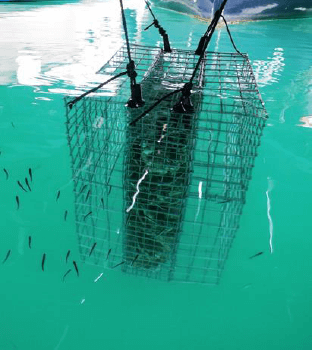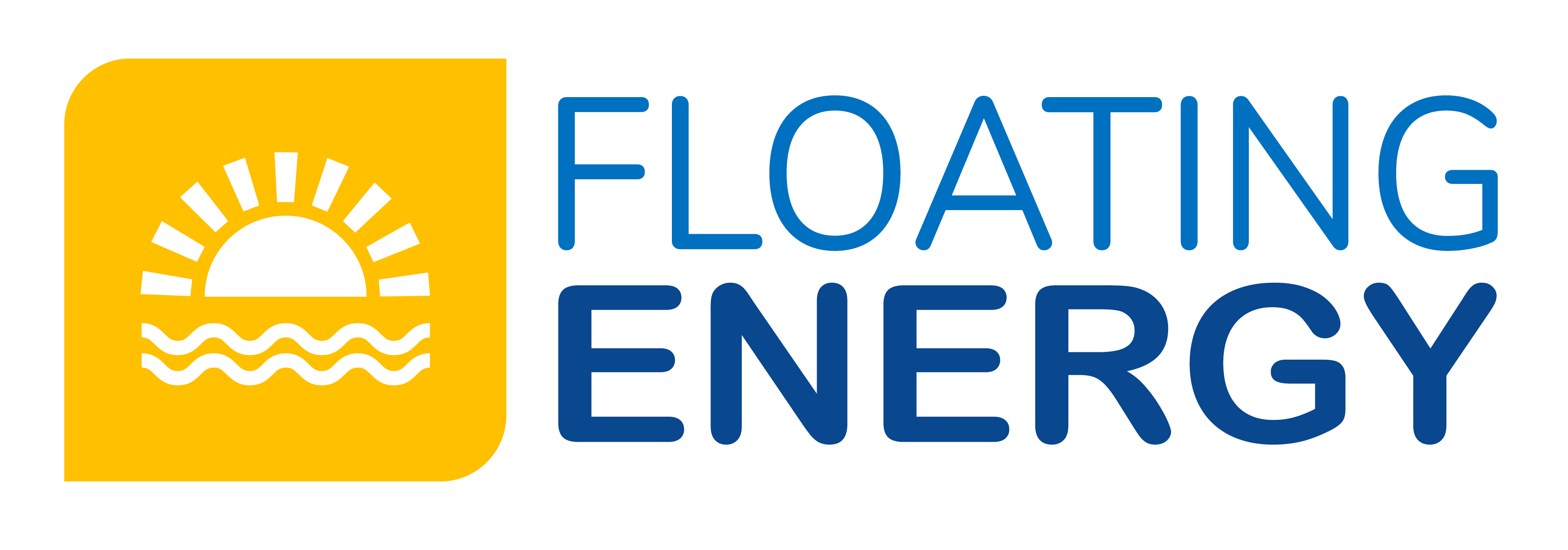Integration



Integration into the natural habitat
By our project design we include biodiversity promoting techniques such as floating ecosystems (vegetated wetlands), ‘Biohutten’ (artificial fish nurseries). The openness and transparency of the design allows an optimal light transmittance.
By using these techniques, the effect on the natural habitat ranges from the lowest possible impact till promoting biodiversity.
Floating Energy always uses A-brand components. The steel parts are made of Magnelis®, a coating that makes all steel parts corrosion resistant. Allowing the system to be placed on salty-, brackish-, contaminated- as well as drinking water location.
Biohutten
A natural subtrate
A complex habitat for invertebrates and flora, providing a natural food resource to juvenile fish
A shelter against predators
Inside the Biohut, juvenile fish are safe from predators
Made of 100% recyclable and recycled materials
Integrating Vegetated Wetlands
By making the combination of vegetated wetlands with an floating energy system, attractive green havens for wildlife and people are created. The wetlands have multiple benefits: habitat creation, urban waterscaping, water quality management and wastewater treatment.

Sustainable energy generation
To enable contributing to a more sustainable environment, Floating Energy realises your PV project.
To optimize the total contribution we look at the optimized balance between cost efficiency and the CO2 footprint. In other words, diminish the transportation involvement by using local components as much as possible. Next to that we keep the total mileage of transportation to a minimum by an optimum volume of material per milage.
We have an holistic view on the complete contribution to the total net value of the footprint of the design, materials and transportation and generation.
Leisure
Many available water locations are currently used for recreation and sport activities like watersports, fishing and yachting. The floating islands are generating possibilities for co use.
By creating facilities around the islands for fishery and recreational boating this would create additional functionality for all stakeholders. Floating Energy is looking for creative solutions to create an added value for all parties involved. Examples are docking places for recreational boating and fishing spots.


Light Transmittance
To reduce the impact of the system itself on the water location the design supports this in two ways:
- Openness of the system to minimize the direct shadow creating parts and creating enough distance between the water and the panels to support indirect light into the water.
- Amount of installed wattpiek generation per square meter. An east west design will facilitate this.In this way the total occupied water surface is reduced to an optimized minimum relative to the produced amount of sustainable energy.
